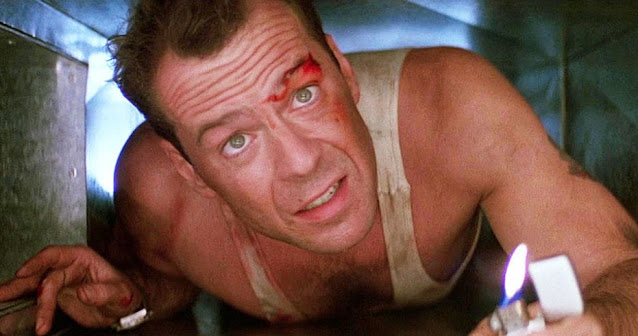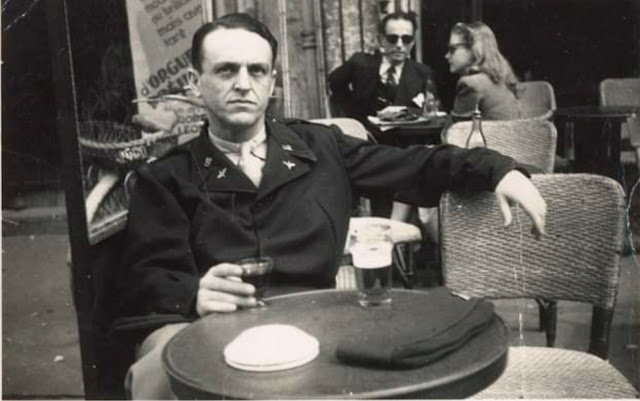Roald Dahl Based his Chocolate Factory on Boarding School Experiences
 |
| Roald Dahl as a young man at Repton School, near the Cadbury chocolate factory |
When World War II broke out, Dahl joined for the Royal Air Force, where he flew many missions over East Africa before being invalided out in 1942. In the later years of the war, the Foreign Office assigned him to Washington, where he worked as a spy for British Security Coordination, the same organization that spawned Bond author Ian Fleming, who was a close friend.
 |
| Roald Dahl in his days as a flying ace in the Royal Air Force |
While in DC, Dahl wrote his first children's book, about little creatures called “gremlins” who lived in fighter plane engines and caused them to stall at the worst possible times. Eleanor Roosevelt liked The Gremlins so much that she invited Dahl to the White House, where he became friends with President Franklin Roosevelt. Disney tried to make the book into a movie, but couldn’t find a way to make creatures that caused Allied planes to crash seem lovable.
 |
| Walt Disney and Roald Dahl puzzling over how to make Dahl's "gremlins" cute |
Although it would be nearly two decades before he published another book for children, Dahl went on to write 19 children's books, as well as two adult novels, two autobiographies and dozens of short stories.
 |
| Roald Dahl outside his writing hut behind Gipsy House in Great Missenden |
Dahl was a man of enormous height – 6' 6" – which was the basis of one of his books, The BFG, or “Big Friendly Giant.” Many feel that ‘Willy Wonka’ also strongly resembles Dahl in his speech patterns and attitudes. When Dahl wrote Charlie and the Chocolate Factory in 1962, he first tested it as it as a bedtime story for his own children, Olivia, Tessa and Theo.
 |
| Roald Dahl with his wife Patricia Neal and his children Olivia, Tessa and Theo, circa 1960 |
As a parent, he felt that stories meant to be read aloud to children ought to be more fun for adults. In Charlie and the Chocolate Factory, his commentary on spoiled children, greed and television were all aspects Dahl felt adults would appreciate. He also used puns he felt most adults, but few children, would get – for example, Wonka’s factory makes 'buttergin' as well as 'butterscotch.'
 |
| Dahl at his customary station in a green wingback armchair in the writing hut |
On the other hand, Dahl believed that the secret formula for success in children's writing was "conspiring with children against adults." He said, “It’s the path to their affections. It may be simplistic, but it is the way. Parents and schoolteachers are the enemy. The adult is the enemy of the child – because of the awful process of civilizing this thing that is born as an animal with no manners, no moral sense at all.”
William H. Honan, “Roald Dahl, Writer, 74, Is Dead,” New York Times, 11/24/90
Jeremy Treglown, Roald Dahl: A Biography, Faber & Faber, 1994
Gary Dexter, “How Did Celebrated Books Get Their Names?” Sunday Telegraph London, 5/8/05
Britt Peterson, “Special Relationship: the British Spies Who Slept Their Way Through Washington During World War II,” Washington Monthly, 8/1/08


Comments